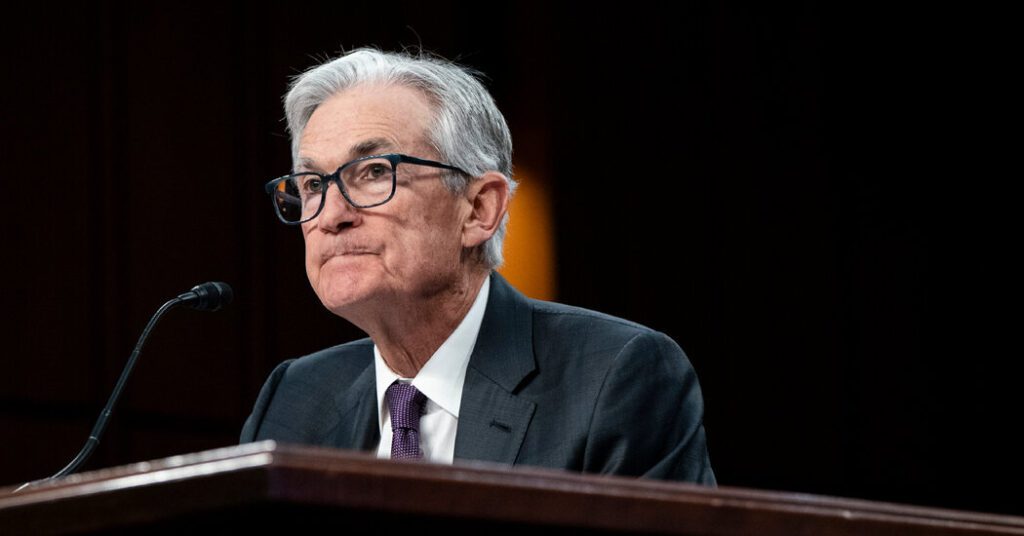Jerome Powell Highlights Tariff Impacts on Inflation and Growth
Jerome H. Powell, chair of the U.S. Federal Reserve, has expressed concerns regarding the potential consequences of President Trump’s recent tariff increases. He indicated that these tariffs could lead to heightened inflation and slower economic growth than previously anticipated, even as indicators suggest the economy remains stable for now.
Warnings About Tariff Effects
During a speech at a conference in Arlington, Virginia, Mr. Powell emphasized the evolving nature of tariff impacts. He remarked, “While uncertainty remains elevated, it is now becoming clear that the tariff increases will be significantly larger than expected. The same is likely to be true of the economic effects, which will include higher inflation and slower growth.”
He identified the risks associated with this scenario, including a potential rise in unemployment, labeling them as “elevated.” Powell noted, “While tariffs are highly likely to generate at least a temporary rise in inflation, it is also possible that the effects could be more persistent.”
Monitoring Inflation Expectations
Mr. Powell also highlighted the importance of maintaining stable long-term inflation expectations. He stated, “Avoiding that outcome would depend on keeping longer-term inflation expectations well anchored, on the size of the effects, and on how long it takes for them to pass through fully to prices.” He cautioned that inflation related to tariffs could appear in “the coming quarters.”
Addressing the Federal Reserve’s role in this situation, Mr. Powell declared that it is the Fed’s “obligation” to prevent a temporary increase in prices from escalating into a persistent inflationary issue.
Reactions to Economic Turbulence
Powell’s comments followed a week of market volatility triggered by Trump’s tariff announcements, which have prompted fears of an inflationary spike and a potential economic downturn. Following China’s retaliatory tariffs on U.S. goods, the S&P 500 experienced a drop of approximately 4 percent. Despite the downturn, discussions among Trump and his advisers remained dismissive of the looming economic repercussions.
Calls for Interest Rate Cuts
Before Mr. Powell’s speech, President Trump used social media to urge the Fed chair to lower interest rates, stating, “This would be a PERFECT time for Fed Chairman Jerome Powell to cut Interest Rates. He is always ‘late,’ but he could now change his image, and quickly.” Trump’s comments urged prompt action to avoid negative political implications.
Navigating Dual Goals
In a moderated discussion, Mr. Powell acknowledged the challenges posed by simultaneous rises in unemployment and inflation, expressing the difficulty of balancing the Fed’s dual objectives of fostering job growth while ensuring low, stable inflation. He explained that the Fed would evaluate the extent of deviations from desired targets and the time required to restore them when making policy decisions.
Current Economic Context
The backdrop of these discussions encompasses a complex global trade landscape, which complicates the Fed’s efforts to maintain inflation near its 2 percent target since the pandemic. As economic indicators, like a robust jobs report showing the addition of 228,000 new jobs, continue to align favorably, the Fed is faced with evaluating the impacts of escalating tariffs on future policy.
Mr. Powell concluded that it is “too soon to say what will be the appropriate path for monetary policy,” yet he affirmed the Fed’s readiness to address upcoming risks and uncertainties. “We’ve taken a step back and we’re watching to see what the policies turn out to be,” he noted, indicating a careful approach to future monetary adjustments.
This approach reflects sentiments echoed by other Fed officials. Vice Chair Philip Jefferson stated there’s “no need to be in a hurry to make further policy rate adjustments,” while Governor Lisa Cook expressed the necessity of remaining “patient but attentive” to evolving economic conditions.


